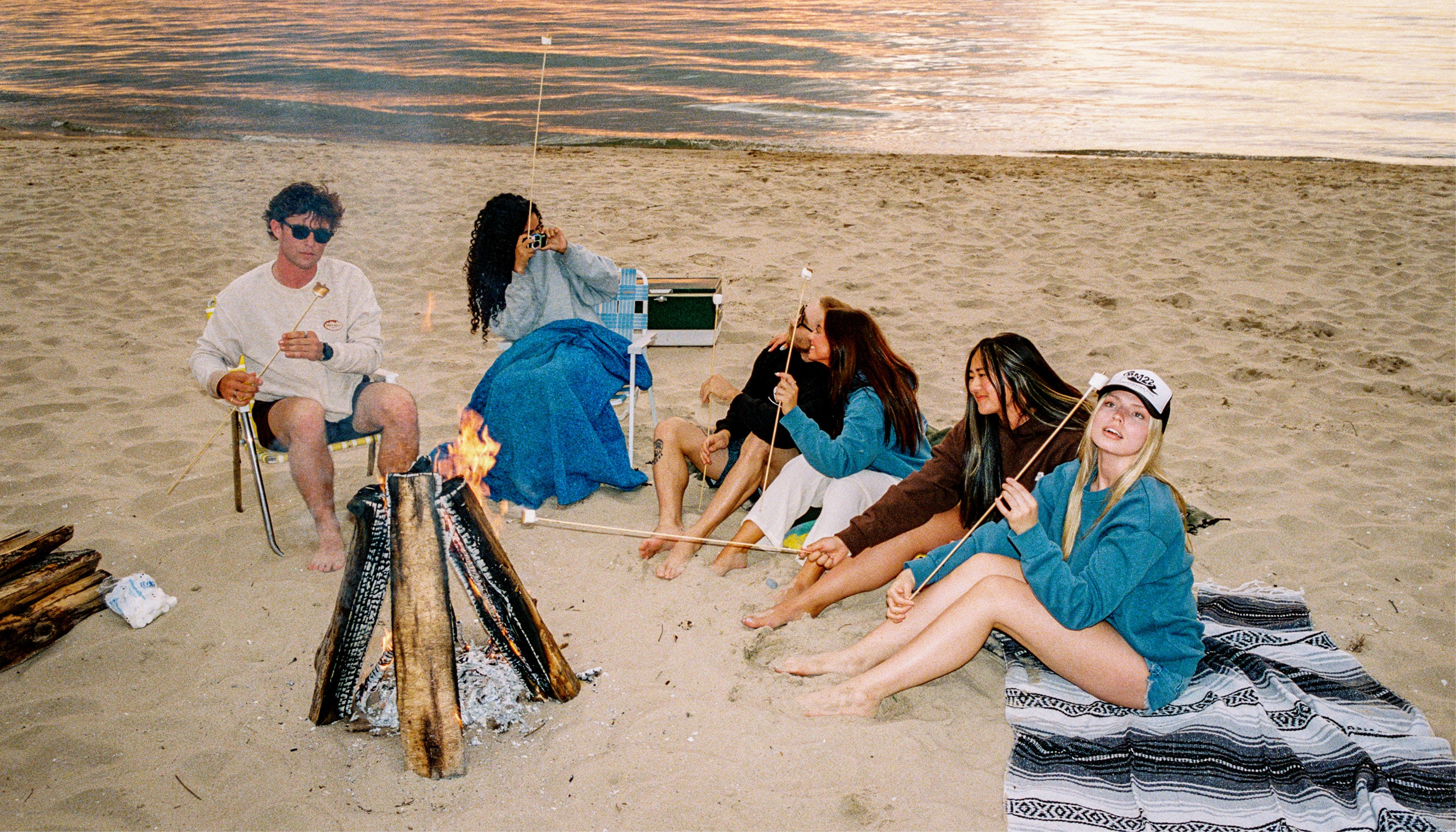From Cotton to Customer: The Life of an M22 Shirt
Photo: Chris Klau
In every t-shirt lies the story of a hundred people or more. For many, it’s a fashion statement, a quick fix on a late morning, a treasured piece of band nostalgia from years gone past. For M22 fans, it’s a testament to a way of life.
For others, the very shirts we take for granted are a livelihood, putting food on the tables of families across the globe.
Since we started, M22 has committed to sourcing products as locally as possible. Until we’re able to create a 100% sustainable Michigan-made shirt (more on that later!), we’re on a mission to uncover and improve the life cycle of every product. While we’ve found—and those big box stores would agree—that it’s nearly impossible to trace the exact path of any t-shirt, we did find that most garments share a similar journey.
That journey starts right here. The US has perfected cotton by treating it as a high tech product, and that’s exactly why everyone wants it. We’re the world’s third largest cotton producer and largest exporter. On a typical southern farm, self-driving machines twist off cotton puffs automatically, producing enough cotton to make a million shirts in a single harvest.

Photo: Chris Klau
Cotton then begins its trip thousands of miles overseas. Bales are shipped to a textile mill, most likely in China or India, to be spun, twisted, or woven into sheets. Few humans are seen in these massive factories. Instead, rows of machines fill warehouses with the hum of precision automation. Once prepared, the fabric travels great distances again to a sewing facility such as those in Bangladesh, one of the world’s largest garment producers. It’s here that material is shaped and sewn into apparel by the work of thousands of human hands.
At M22, all apparel partners and producers are carefully selected to represent environmental and social responsibility. All of our clothing suppliers are WRAP certified (Worldwide Responsible Accredited Production), committed to respecting the rights of all individuals, caring for the environment, and are completely sweat shop free and child labor free.
“We may be a very small piece of the global puzzle, but we’re able to work with suppliers that share similar values,” says M22 Co-Founder Matt Myers. “The people who make our products make our company.”
Once a shirt is sewn, it lands in our warehouse at SunFrog in Gaylord, keeping as much of the production process in northern Michigan as possible. It’s here that the magic happens—silkscreen printing, embellishments, tags, and labels—all by skilled people we know and trust. As Gaylord’s largest manufacturing company, SunFrog is the perfect choice for a partner while supporting the local economy.
“It’s great to be able to work with M22 on such a large scale production operation and keep so much of the embellishment process that happens to a garment here in northern Michigan.” says SunFrog founder Josh Kent. “Creating jobs, keeping revenue local and having our two companies work side by side is great for the Michigan economy.”
Like SunFrog, our approach is pretty simple: if we can make it here in Michigan, we do. If we can’t, we source as ethically and sustainably as possible. Every design is created here by northern Michigan artists. Our glassware, patches, signage, and magnets are produced in Traverse City and we work with local companies to source reusable and recyclable products like our compostable shopping bags. We’ve even begun working on a 100% sustainable shirt to debut later this year: all organic, naturally-dyed, and Michigan-made.

Photo: Chris Klau
“Even though it costs us more, we’d rather bring as much into Michigan as possible and have it all done here.” says Myers.
Still, we have a long way to go. We know that growing enough cotton for one t-shirt requires hundreds of gallons of water. We know that textile mill processes use harmful chemicals. Until these industries improve, we’ll keep pushing for sustainability in our global supply chain and making production choices that positively impact our community.
“Business can be used as a force to create good. If we don’t make an effort to create change, then who will?” says Myers.
At the end of the day, you’re not just buying a t-shirt. You’re investing in every human being who helped to create that product from start to finish, and also in the future of the Great Lakes region.
For more information, visit:







Leave a comment